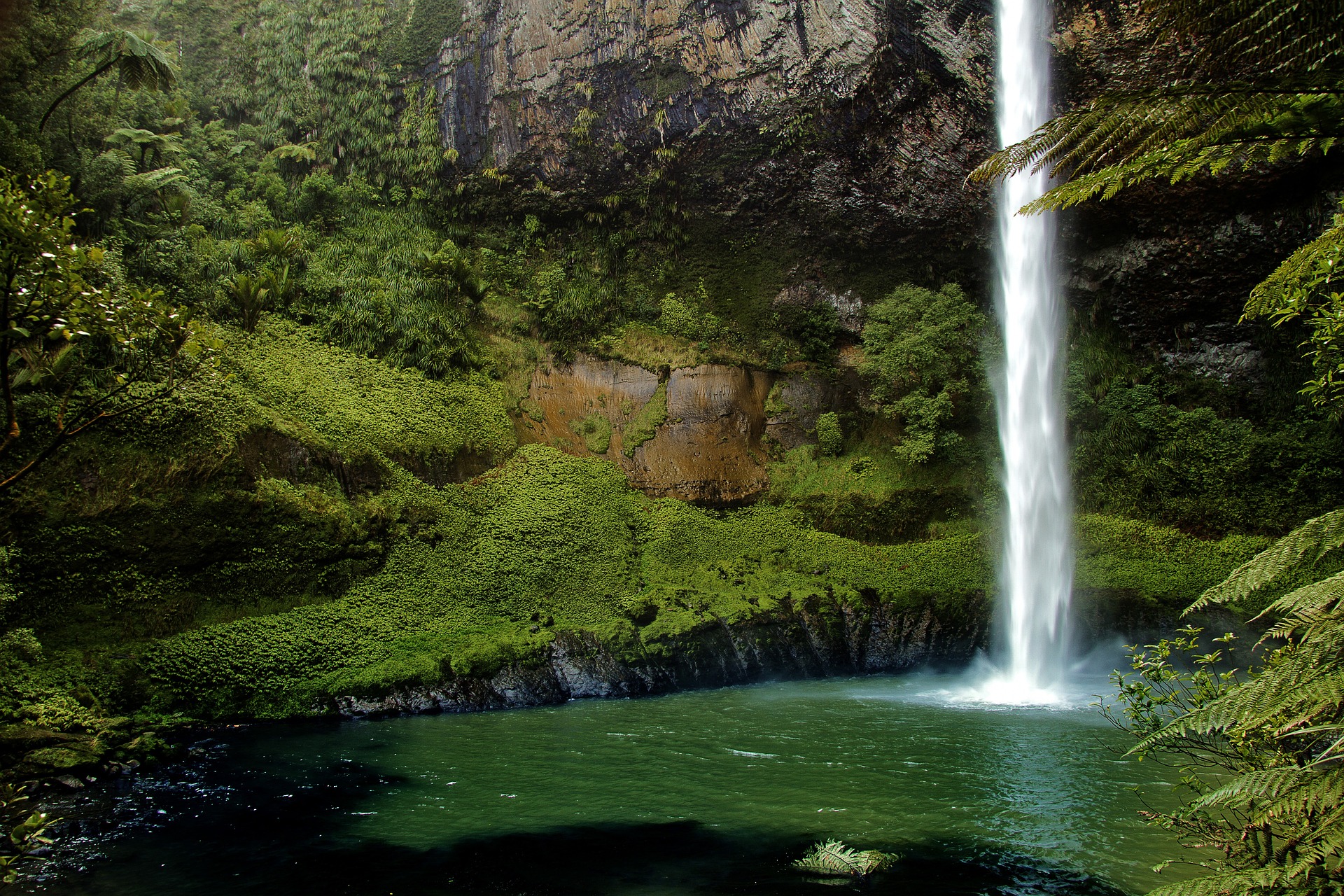
Ōtautahi – Increasing pressures on lakes, rivers, and groundwater are affecting water quality, ecosystems and people throughout New Zealand, according to a new report.
The study, Our freshwater 2023, published today by the Ministry for the Environment and Stats NZ, examines the most pressing issues in Aotearoa New Zealand’s freshwater bodies.
Scientific evidence shows the health of freshwater ecosystems varies across the country, with impacts on the life they support. The report is a comprehensive summary of the latest data and research about water.
While freshwater ecosystems and water quality are improving in some places and for some measures, others are worsening. Many lakes, rivers, and other water bodies are under pressure, mostly due to the way we’re using land and water, and from the changing climate.
Clean water and healthy waterways are important. When they’re degraded, it affects ecosystems, communities, people’s lives, and things that are important to New Zealanders from all walks of life.
Key findings include:
- 36 percent of lake monitoring sites improved while 45 percent worsened between 2011 and 2020, based on a nutrient and algae-level measure of ecosystem health
- Modelling shows efforts by farmers to reduce fertiliser use and keep stock out of waterways helped to reduce the amount of phosphorus and sediment reaching our rivers between 1995 and 2015. However, because the number of farms grew, it’s estimated the total amount of nitrogen reaching rivers increased
- It’s estimated 45 percent of New Zealand’s total river length is not suitable for activities like swimming, according to models of campylobacter infection risk between 2016 and 2020
- Data suggests 48 percent of Aotearoa New Zealand’s river network is at least partially inaccessible to migratory fish
- About two-thirds of freshwater native bird species were either threatened with extinction or at risk of becoming threatened in 2021
- Wastewater service providers reported more than 4,200 overflows due to wet weather events, or blockages and failures during dry weather in the 12 months from July 2020 to June 2021
Examples of the impacts include:
People’s health is put at risk by pollution from sources such as wastewater overflows and livestock run-off.
Communities and infrastructure can be dramatically affected by extreme weather events that cause flooding.
Mātauranga, mahinga kai, wellbeing, and other important aspects of te ao Māori are impacted when freshwater and the life it supports are degraded or threatened.
Algal blooms and other effects of excess nutrients can harm freshwater species and ecosystems and restrict people’s recreational use of lakes and rivers.
Fish can be affected by structures like dams, weirs, and flood pumps – which hamper their ability to migrate and breed.
All New Zealanders – and many sectors of the economy – need clean and reliable supplies of water.

